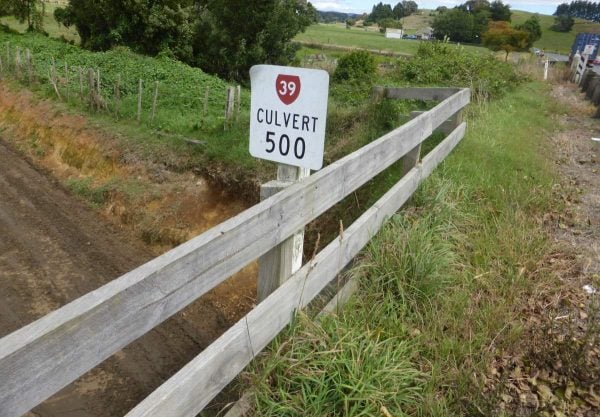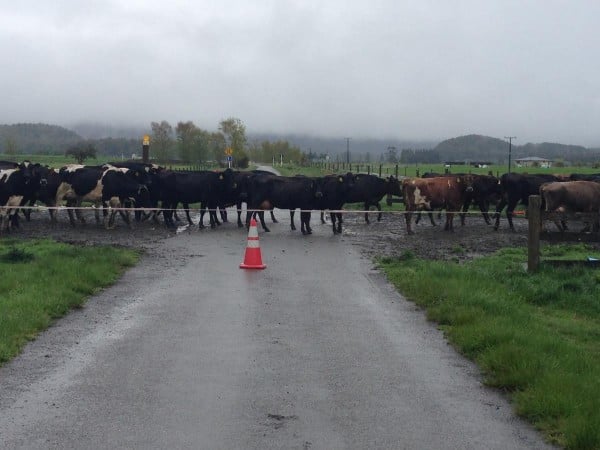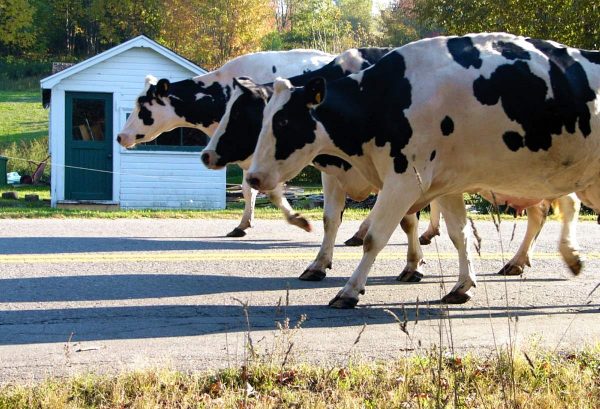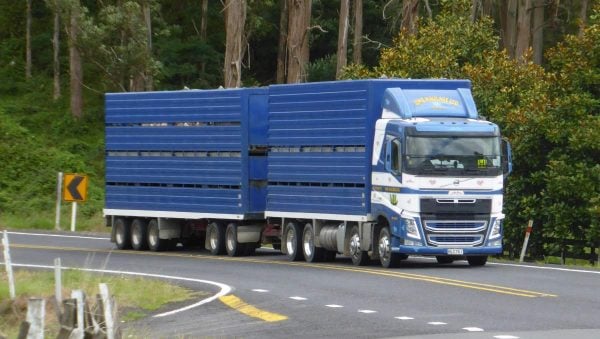Gypsy Day, the annual ritual of sharemilkers and livestock owners moving their cows to new paddocks, happens around 1 June and there are reasons you should be careful if you’re driving in a rural area on or after that day.
Hazards for motorists
Motorists must be vigilent and watch for signs of stock being moved such as mud on the road and signage warning them of cattle ahead.
Road blockages
The best case scenario is that the cows are being moved in herds using underpasses and culverts. This won’t cause a road blockage.

The next best option is that the cows are simply crossing the road at one point rather than being herded down the middle of the road. The road will be blocked off and there’s no chance of damage to your vehicle but you will have to wait.

Livestock being moved between paddocks
The worst case scenarios is that you come across a large herd of up to 600 cows coming in your direction with a farmer riding ahead on a motorbike or in a ute. There should be warning signs well in advance – the law is three times the speed limit in metres, e.g. if it’s 80km/h, there will be a sign at least 240m before the herd.

If you come across a herd like this, follow the farmer’s instructions. This will usually be to either stop where you are and let the livestock pass by your vehicle (something that can result in damage because cows are heavy and clumsy), or to turn around and wait further back up the road, beyond the paddock where the farmer is heading. Of course, if you catch up with a herd you’ll need to wait until it leaves the road before you can pass. Don’t use your horn. There may be a limit on the distance a herd can be moved, but this could be as much as eight kilometres, so the delay can be significant.
Some stock is moved in stock trucks (for example, when it has to be moved across a busy main road and there are no underpasses, or where it must be moved longer distances). Stock trucks have effluent tanks therefore no slippery effluent should spill on the road.

Loaded stock trucks tend to be slow up hills and around corners.
Slippery surfaces
Anywhere the cows have walked is likely to have mud and cow dung all over it. If the weather is wet, which it often is seeing as it’s the first day of winter, this road will be extremely slippery and it will be very difficult to see the hazard at night. Motorbike riders should take extra caution for a few days afterwards and at least until significant rain has washed the road surface.
Stray animals
Occasionally an animal will be lost from the herd or could bolt in another direction. If you’ve just been past a large herd that’s being moved, watch for stray animals in the next few kilometres.
Dirty vehicle
If your vehicle is splashed with what the cows leave on the road, wash it off as it can smell.
Blind corners
Farmers are usually aware of blind corners and will have signage or will station someone ahead of the herd to warn oncoming motorists, but that doesn’t mean that you shouldn’t be vigilant in ensuring you can stop in the distance of clear road you can see ahead of you on a road with lanes or half the distance if it’s a single-lane narrow road.
Guidelines on moving stock
NZTA’s guidelines are here.
Beef and Lamb’s guidelines are here.
Be aware that different regional councils may have their own interpretation of the rules, or add extra requirements, e.g. Franklin District Council.
Additional training
Gypsy Day marks the start of winter as the roads get more slippery. For more information about all the scenarios you may experience on the road, check out our course on driving in bad weather.

